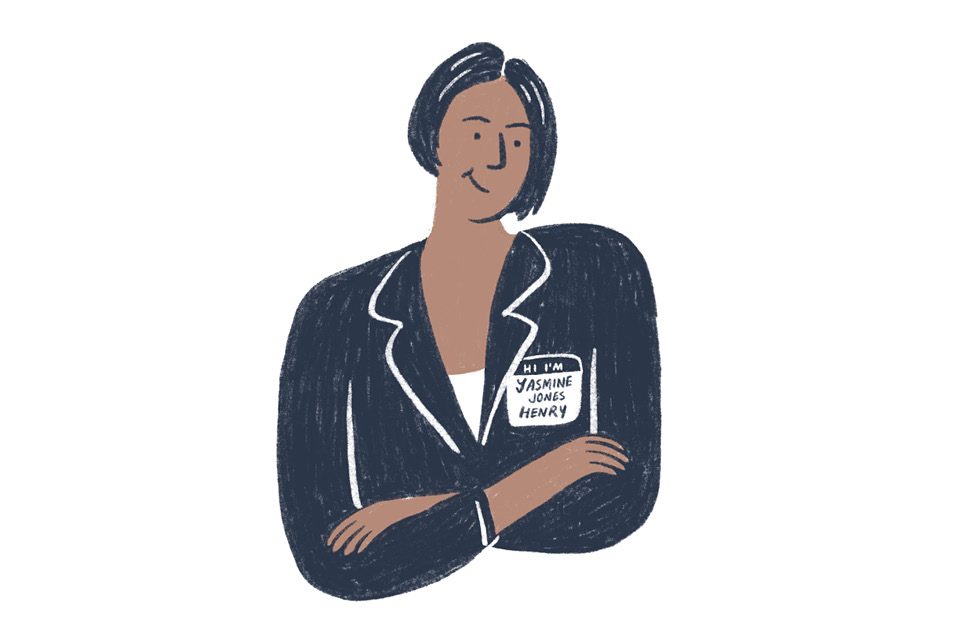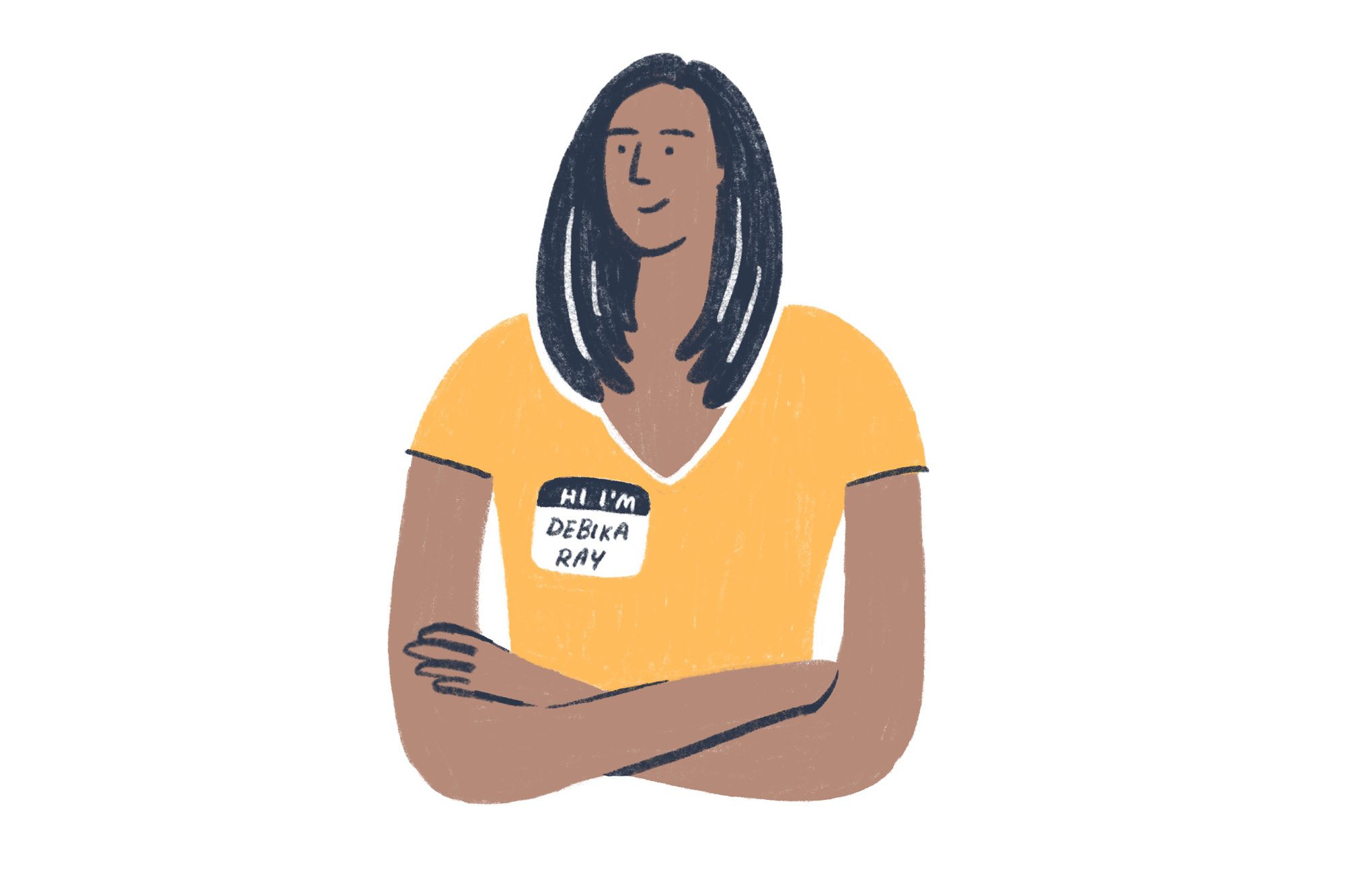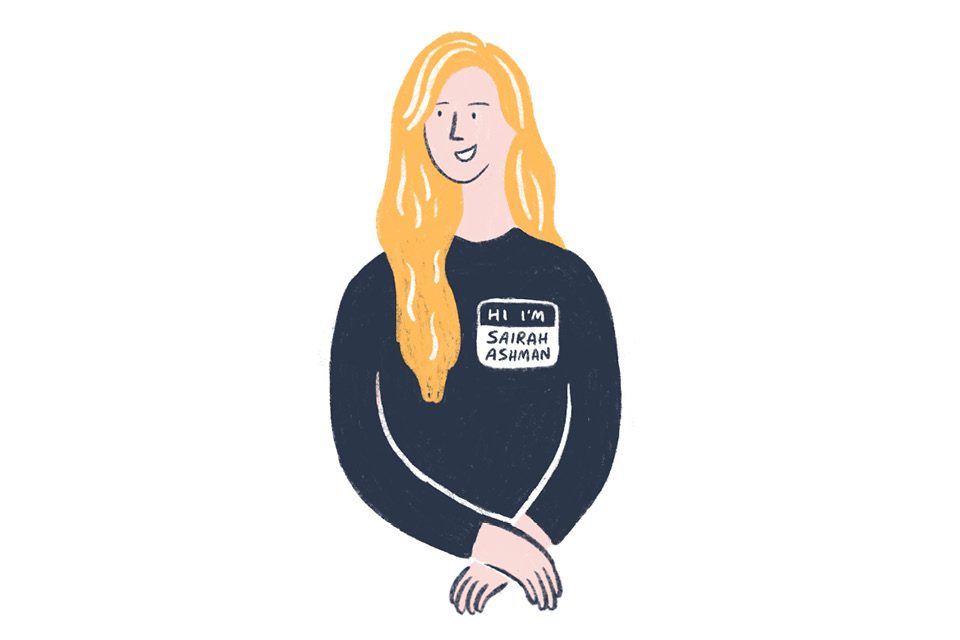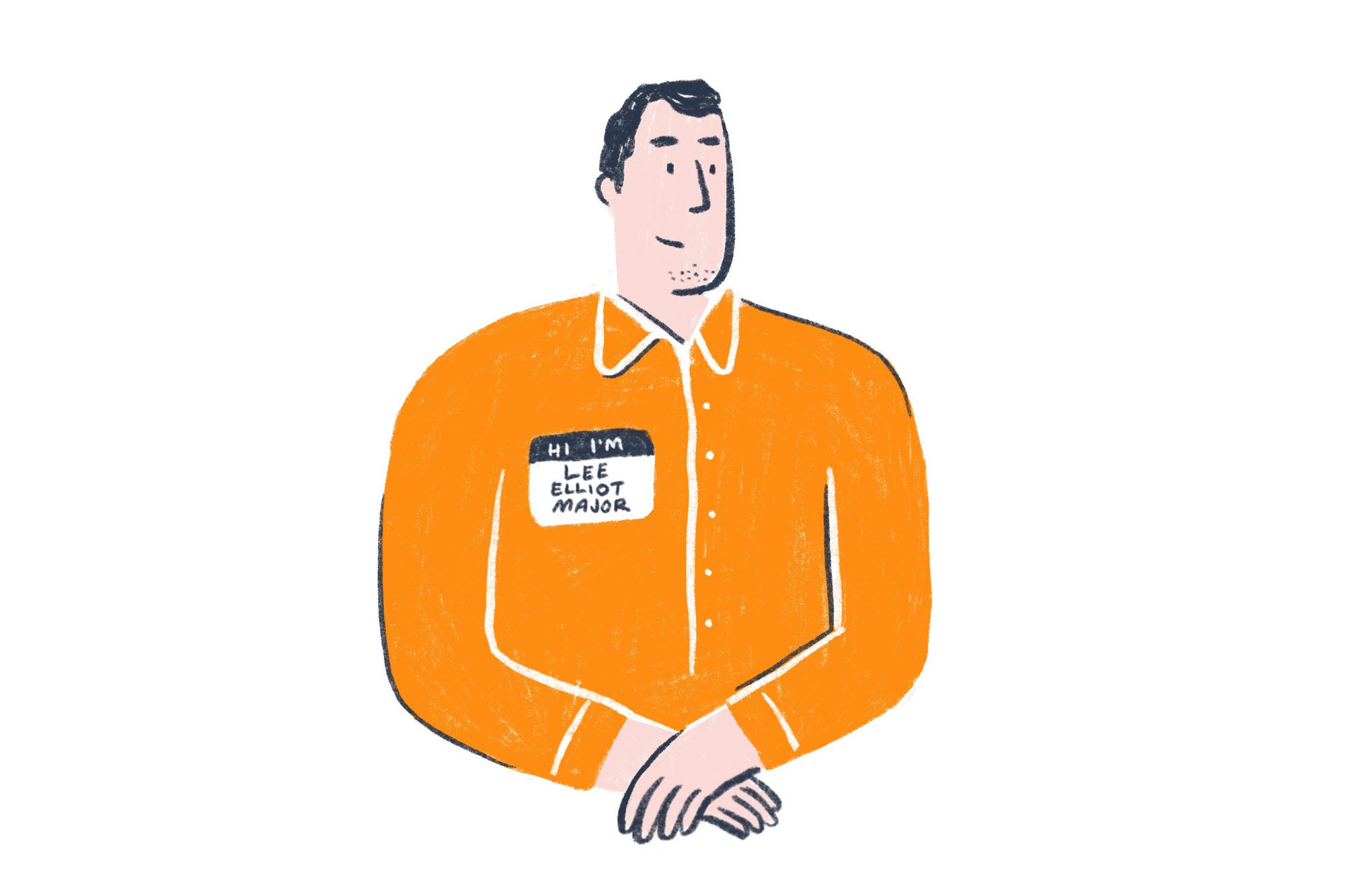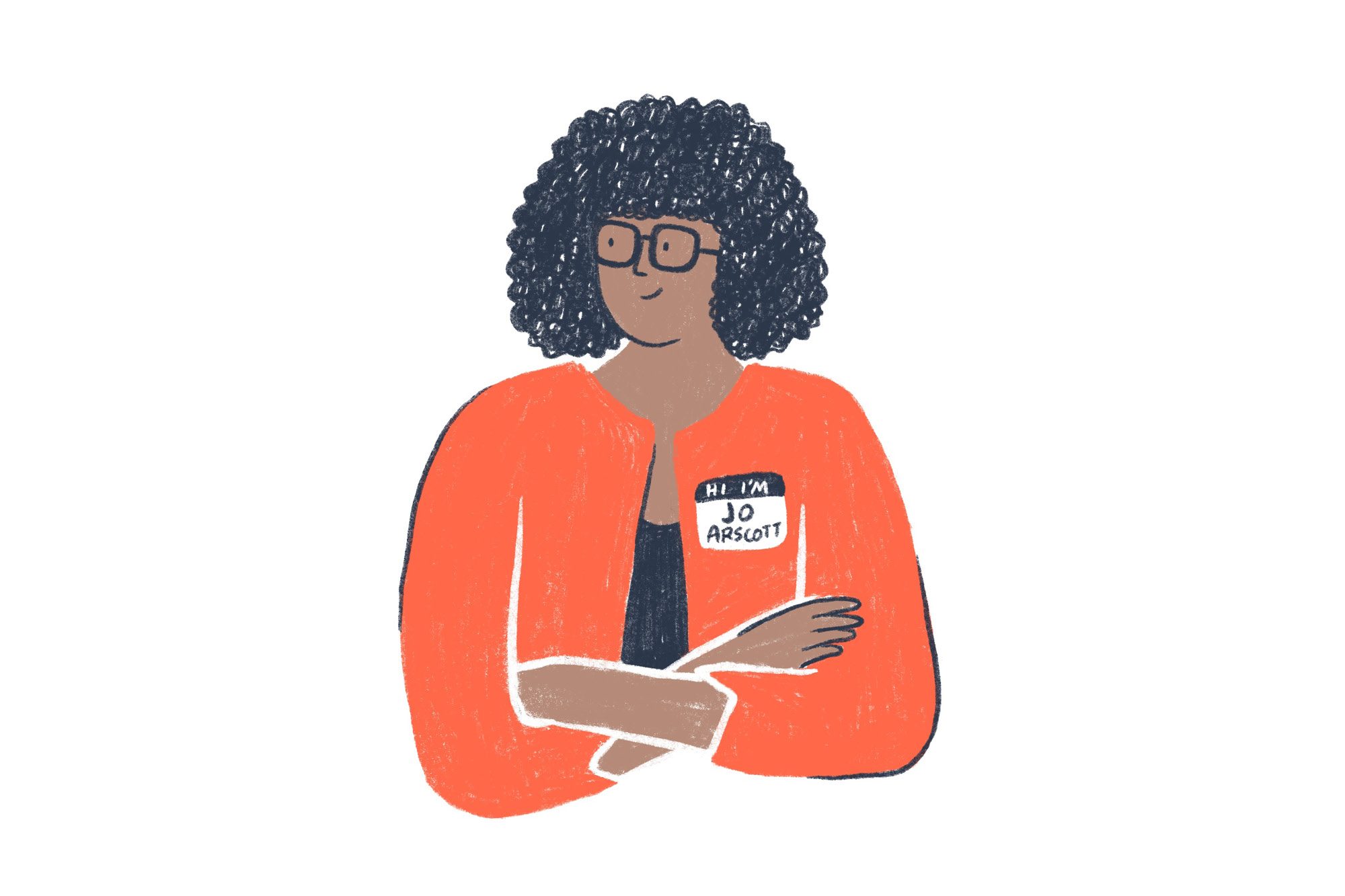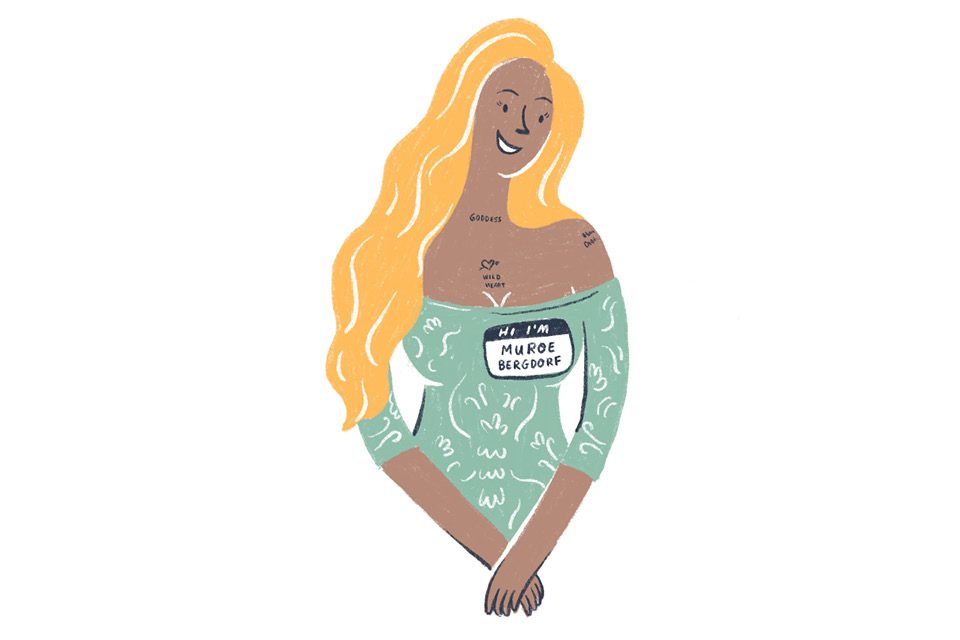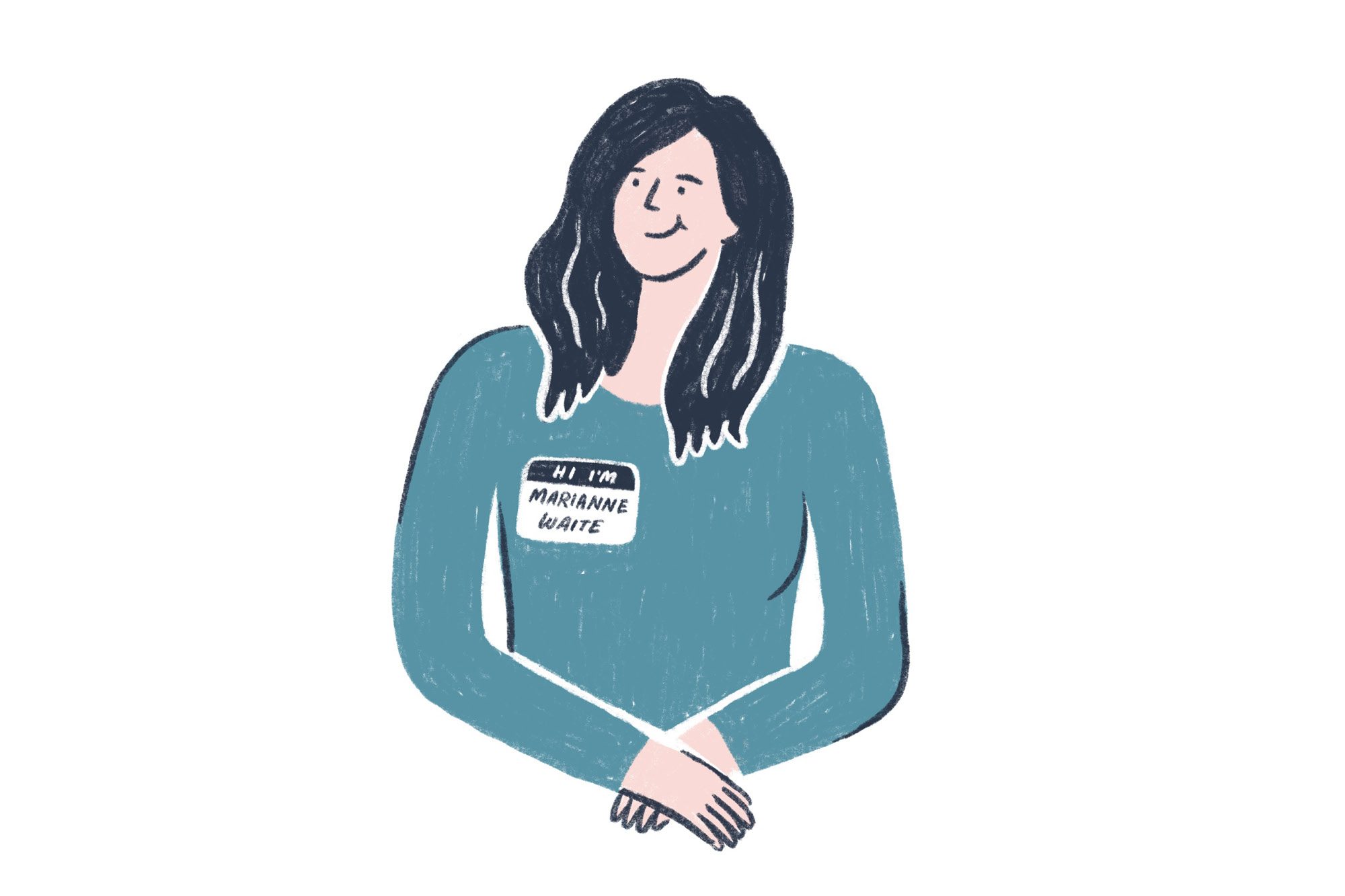The facts speak for themselves. The design workforce in the UK remains well over three-quarters male, substantially higher than the 53% national average. Women are not only likely to be paid worse than male colleagues, but they are also likely to be in less senior positions: only 17% of design managers are female.
The situation is no better for people from BAME (black, Asian or minority ethnic) backgrounds, who make up just 13% of jobs in the industry. BAME staff make up just 12% of senior positions. The ladder is a steeper one to climb and, once they’re there, the pay gap can range up to 17%.
At Represent, we see first hand how undiverse our particular corner of the design world – graphic design, advertising and branding – can be. But things are improving. Recruitment is one of the most important tools at improving inclusivity and we have taken on this project to not only dig up some interesting benchmarks to follow but also to study in a bit more detail our role in changing the landscape.
Designing Diversity is our way of shedding light on people leading the way in our industry and beyond. In a series of Q&As, we have been thrilled to meet some leading activists from the creative industries who are trying to make the worlds of media, fashion, branding, design and architecture a more inclusive place for people from BAME backgrounds, women, the LGBT community and the disabled. In a trio of essays, we have looked at how these findings can be applied back into recruitment in our particular industry. Our goal is to create empowerment, drive debate and, in the long run, make design reflect the world we live in better. We’ve all got lessons to learn.

